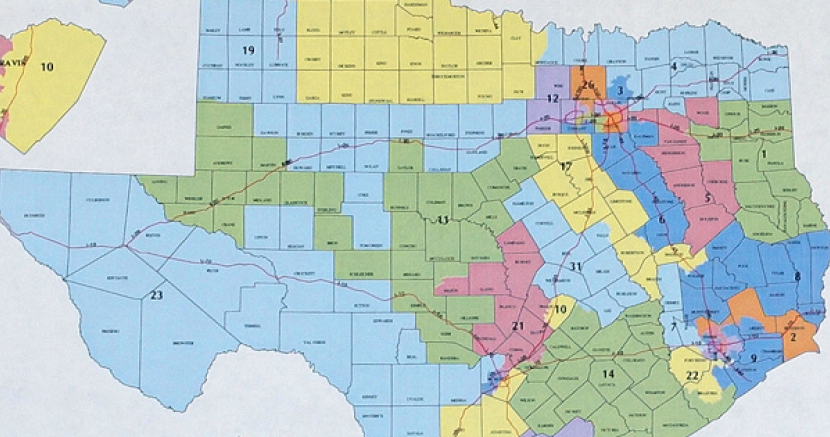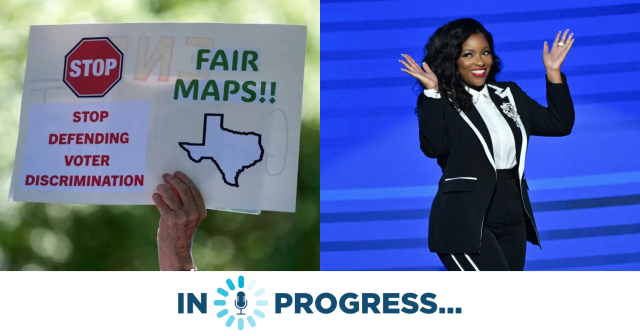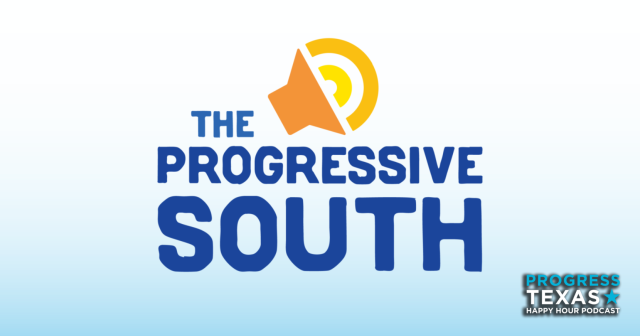We're halfway through the decade and the state of Texas still doesn't have final redistricting maps for Congressional and State House seats. The process has been stuck in Texas' courts for years, but an upcoming deadline for the 2016 election cycle has led some observers to at least hope the maps will be up soon.
This is yet another reason why courts matter.
Starting November 14, 2015, candidates can begin to register for the Texas primaries. Before the filing period opens up, everyone waiting is asking the same questions:
Will Texas' Hispanic and Black communities, familes and voters prevail in Texas' long-standing redistricting fight? Or will the state be allowed to continue using maps that discriminate against Texas' growing minority population?
Since the litigation began in September 2011, shortly after that year’s legislative session ended, opponents of the maps have alleged that Republican lawmakers failed to create minority opportunity districts. It was a violation of the Voting Rights Act because non-whites — particularly Hispanics — accounted for nearly 90 percent of the population growth of the past decade that allowed Texas gain four congressional districts, they allege.
The maps in question are the maps originally drawn four years ago, in 2011. Court-drawn interim maps have served as placeholders for the 2012 and 2014 election - a strange and unusual practice that hopefully won't continue into the 2016 election season.
So what happens once a court ruling finally comes down? A few things:
- The court's decision won't come with new maps - just a decision as to the merits of the case and if new maps are required at all.
- Once the decision is handed down, there will be another round of hearings for both sides of the case to make arguments about what new maps would look like. After those hearings, the Court will decide if any changes to the court-drawn interim maps are required.
- If the court finds the maps were drawn with an intention to discrimination, they could decide that Texas would be subject to new requirements - known as "pre-clearance" requirements - to protect against the discrimination occurring again.
- Appeals are possible, though they would go straight to the U.S. Supreme Court.
It's a complicated process, to be sure. But it's also an important one.
Hopefully, the courts rule against the state's attempt to intentionally discriminate and in favor of Texas' growing minority population. We'll be sure to provide updates on the case once a decision is reached.
DONATE
Your donation supports our media and helps us keep it free of ads and paywalls.









